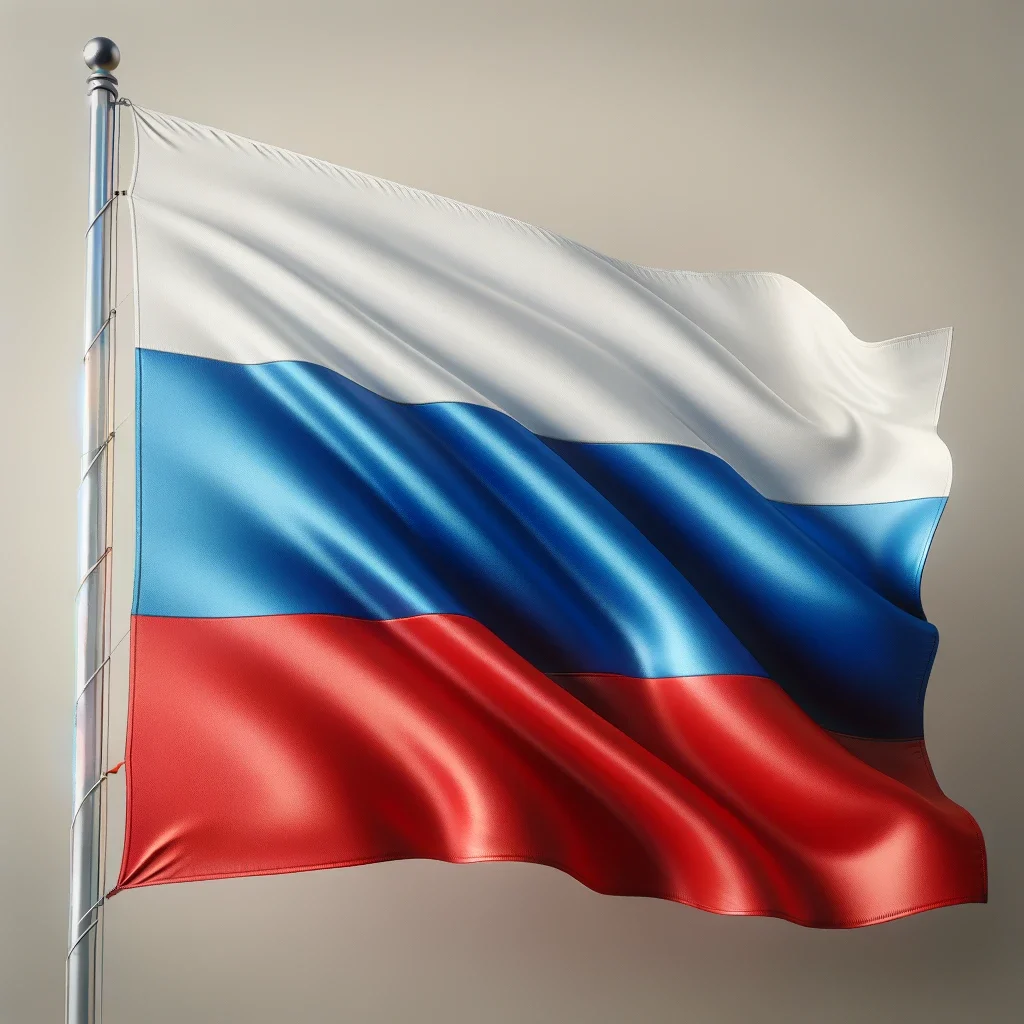Kristalina Georgieva, Managing Director of the International Monetary Fund, has voiced her support for the adoption of Central Bank Digital Currencies (CBDCs) during the Singapore FinTech Festival. Georgieva pointed out that CBDCs have the potential to replace cash, especially in island economies where the distribution of physical currency is costly. Additionally, CBDCs can enhance financial resilience in more advanced economies and improve financial inclusion by providing access to digital currency for those without bank accounts.
CBDCs represent the digital form of a country’s fiat currency, regulated by the central bank and powered by blockchain technology. One significant advantage of CBDCs is their potential to offer a safe and low-cost alternative to physical cash. They can serve as a bridge between private cryptocurrencies and traditional fiat currencies, providing a reliable yardstick for measuring their value.
Global interest in CBDCs soars
The IMF reports that over 100 countries, representing approximately 60% of the world’s nations, are currently exploring the possibilities of CBDCs. Several central banks have already initiated pilot programs or issued their own CBDCs. A survey conducted by the Bank for International Settlements in 2022 revealed that 93% of 86 central banks surveyed were exploring CBDCs, and 58% indicated their intention to issue a retail CBDC in the short or medium term.
Despite the growing interest, as of June, only 11 countries have adopted CBDCs, with 53 more in advanced planning stages and 46 conducting research on the topic. This slow pace of adoption underscores the complexity and potential challenges associated with transitioning to digital currencies.
Kristalina Georgieva referenced her predecessor Christine Lagarde’s 2018 speech encouraging policymakers to explore the use of CBDCs. Georgieva emphasized that countries are now actively investigating CBDCs and developing the necessary regulatory frameworks. She urged nations to remain open to deploying CBDCs, even if the current case seems limited, emphasizing that this is not the time to turn back.
Georgieva stressed the importance of designing CBDC platforms from the outset to facilitate cross-border payments. Cross-border transactions with CBDCs have the potential to lower costs associated with obtaining, storing, and spending foreign currency. This development could simplify international trade and financial transactions.
Retail CBDCs: A reality in some countries
Several countries, including the Bahamas, Jamaica, and Nigeria, have already issued retail CBDCs, demonstrating that this technology is becoming a reality in certain regions. These countries are taking significant steps toward reducing reliance on physical cash and promoting the adoption of digital currencies.
Singapore’s Monetary Authority has recognized that cash is becoming less compatible with the digital economy. In a 2021 report, the country’s central bank indicated that the demand for cash as a means of payment is expected to continue declining. This forward-thinking approach aligns with the global trend towards digital currency adoption.
AI’s role in amplifying CBDC benefits
Kristalina Georgieva also highlighted the potential role of artificial intelligence (AI) in enhancing the benefits of CBDCs. AI technologies can provide accurate credit scoring and personalized financial support. They have the potential to improve financial inclusion by assessing creditworthiness based on various data points. However, Georgieva emphasized the importance of safeguarding personal privacy and data security while avoiding embedded biases that could perpetuate inequality.
The global interest in Central Bank Digital Currencies continues to grow, with numerous countries exploring the possibilities and some already taking significant steps toward adoption. While challenges and uncertainties remain, the potential benefits of CBDCs in terms of financial inclusion, cost reduction, and cross-border payments are too significant to ignore. As the world advances on this digital journey, policymakers, central banks, and financial institutions must collaborate to ensure the smooth transition to this new era of currency.





